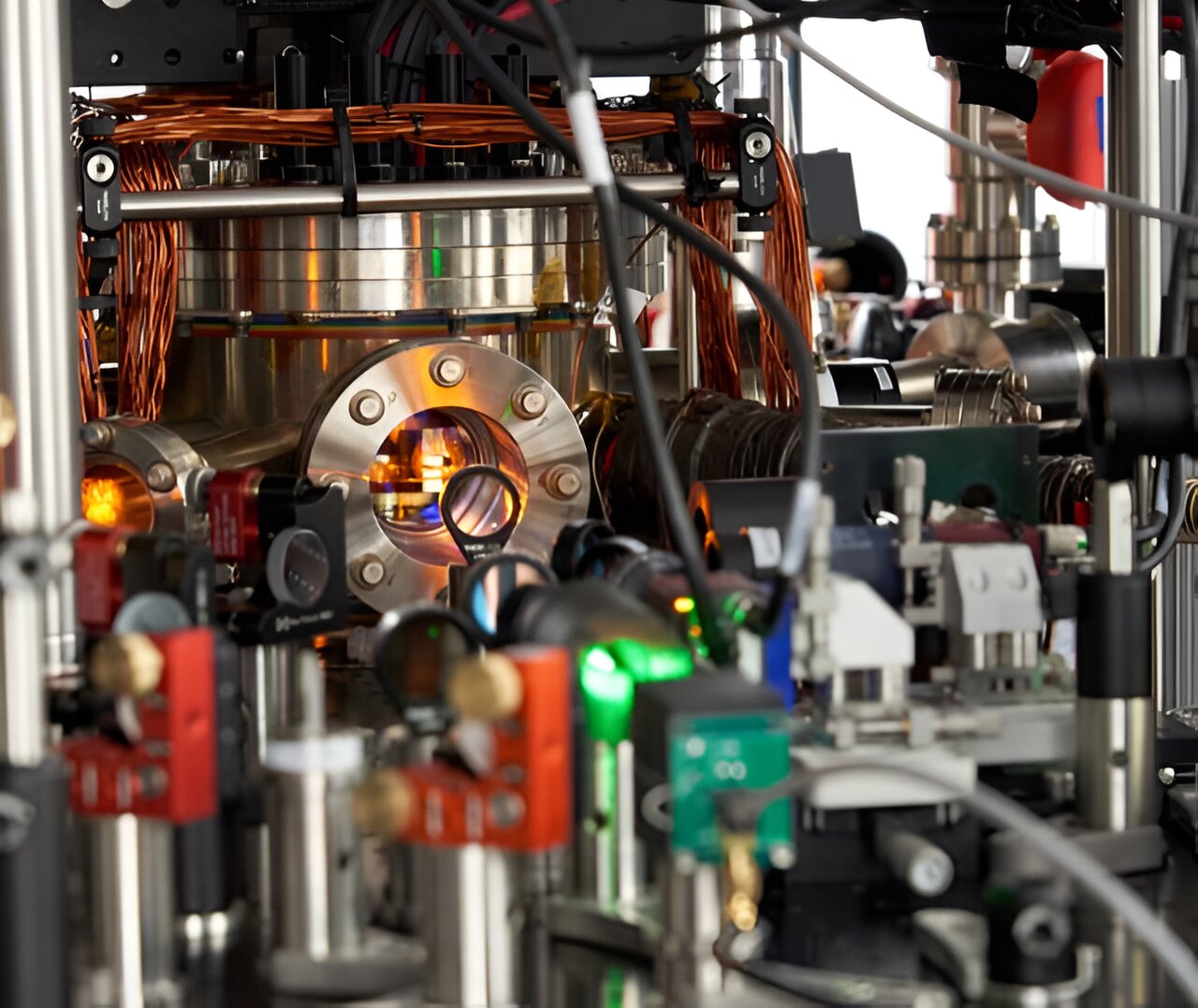As I understand it, the issue with helium is that the forces between atoms (called London forces after a German called Fritz London), that cause them to condense into a liquid and then into a solid, are especially weak in the case of helium. So weak that the potential well they create between 2 helium atoms is so shallow that the ground state lies above its top.
I should go back a bit to explain......
We had a thread that covered some of this a couple of years ago:
https://www.sciforums.com/threads/infinite-potential.165930/
The bit that may be helpful in this context is this:-
QUOTE
These are features of
any bound state, i.e. any state in which a system is confined by a potential of any shape. In chemical bonds, for instance, the shape of the potential confining the atoms so that they can't break apart is asymmetric, with a right hand side that does not go to infinity, because the bond can be broken by adding sufficient energy. It looks more like this:
But when you solve the equations, you still get a series of allowed levels and a ground state that is not at the bottom of the well, i.e. with a zero point energy. So the features of the simpler particle in a box scenario are retained, at least qualitatively.
P.S. A good model for the potential illustrated above is the Morse potential. Here is a link to the Wiki article on it. In the diagram you can see the energy levels calculated for this potential:
https://en.wikipedia.org/wiki/Morse_potential
UNQUOTE
This is a graph of energy versus distance between 2 atoms. You can see that it is at a minimum at a certain distance, and rises as you push them together or move them further apart. The degree to which this happens depends on how strong the attraction is between the atoms, i.e. a stronger attraction produces a deeper "potential well" at the optimum separation distance, requiring more energy to be put in to separate them or push them further together. But the only stable states, according to QM, are at certain fixed separations. So you can draw a series of horizontal lines on this diagram, at different energy levels, and the system can only occupy one of those, and nothing in between. Importantly, the ground state, i.e. the lowest allowed level, is
not at the very bottom of the well, but a bit above it. The energy remaining at that bottom level is the "zero point energy".
In the caseof helium atoms the attraction is very weak and so the shape of the well is very very shallow, barely a depression at all. It turns out the ground state is above the top. So that means helium will never freeze.

